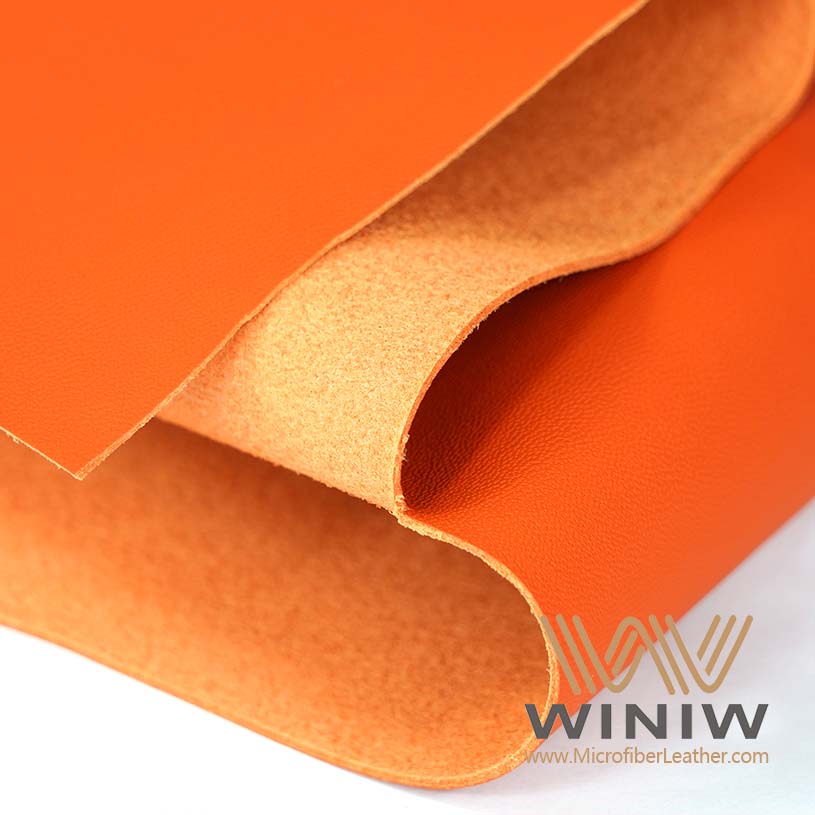
The best leather for car interior leather combines exceptional quality, comfort, and durability, creating a luxurious experience for every driver. Genuine leather seats offer a luxurious feel and elevate the look of any vehicle, especially in luxurious automotive interiors. Faux Leathers and winiwpuleather stand out as eco-friendly alternatives that enhance your driving experience while supporting sustainability. The following table displays how Faux Leathers and winiwpuleather compare in terms of environmental impact:
|
Aspect |
Faux Leather Impact |
Winiwpuleather Impact |
|---|---|---|
|
Carbon Footprint |
Related to plastic production and fossil fuel use |
May be lower if plant-based or recycled materials are used |
|
Resource Use |
Dependent on fossil fuels for production |
Potentially less if sustainable materials are utilized |
|
Pollution |
Concerns about pollution and waste management |
More eco-friendly if produced sustainably |
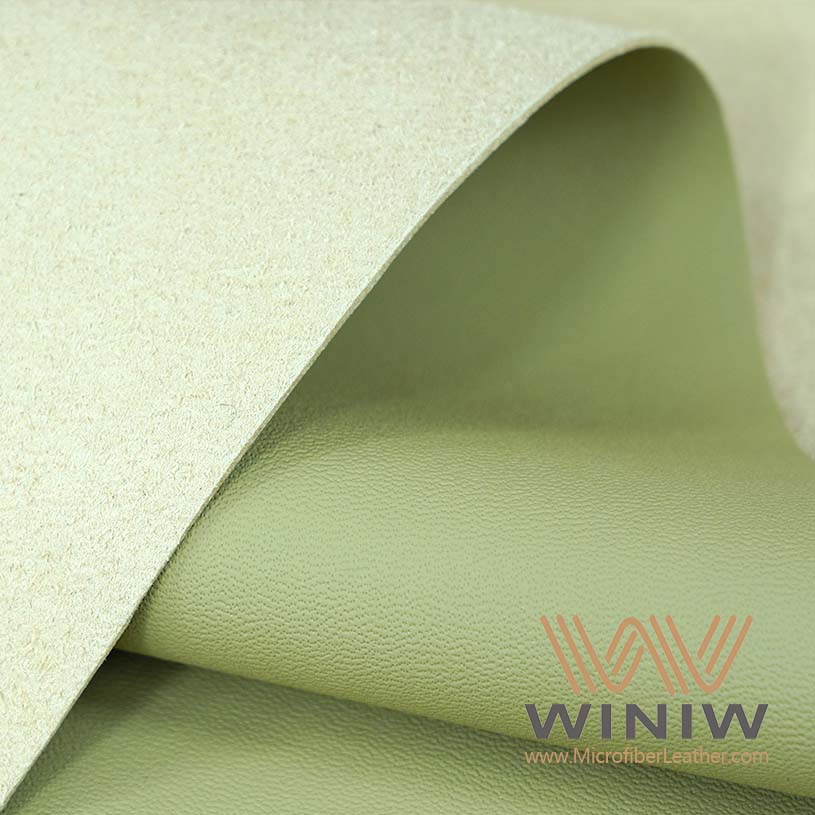
Choose leather for car interiors based on durability, comfort, and style to enhance your driving experience.
Genuine leather offers a luxurious feel and can last for decades with proper care, making it a reliable choice.
Synthetic options like winiwpuleather provide eco-friendly alternatives that mimic the look and feel of real leather.
Consider maintenance needs; synthetic leather requires less upkeep, while genuine leather needs regular conditioning.
Select colors and textures that match your personal style; customization options are available with synthetic leathers.
Leather interiors can increase a vehicle's resale value, attracting more buyers in the used car market.
Full-grain leather is the highest quality, while top-grain and nappa leather offer a balance of luxury and practicality.
Regular cleaning and care help maintain the appearance and longevity of both leather and synthetic materials.
Car interior leather refers to the material used for seats, panels, and trim inside vehicles. Manufacturers select this material for its luxurious feel, durability, and ability to enhance the overall appearance of a car. Car interior leather plays a key role in automotive upholstery, providing comfort and style for drivers and passengers. The most common types found in the automotive industry include:
Aniline Leather: Soft, rich texture, often seen in exotic vehicles.
Semi-Aniline Leather: Soft feel with a protective coating, popular in luxury cars.
Pigmented Leather: Durable and easy to maintain, widely used in many vehicles.
Suede: Made from the underside of the hide, less durable, requires careful care.
Imitation Leather: Sustainable option, increasingly used in affordable luxury cars.
Each type offers unique benefits, allowing automakers to match materials to different market segments and consumer preferences.
Faux Leathers stands out in the automotive upholstery market by offering innovative, high-quality synthetic leather solutions. The brand focuses on creativity, quality, and customer satisfaction. Faux Leathers provides a wide range of products, including winiwpuleather, which mimics the look and feel of genuine leather while delivering enhanced durability and eco-friendliness. The company’s commitment to sustainability drives its product development, ensuring that customers receive materials that are both stylish and environmentally responsible. Faux Leathers also supports its customers with educational resources, tutorials, and expert guidance, making it easier for individuals and manufacturers to choose the best materials for their needs.
Tip: Faux Leathers offers customizable options, allowing designers to select colors and textures that fit their vision for car interiors.
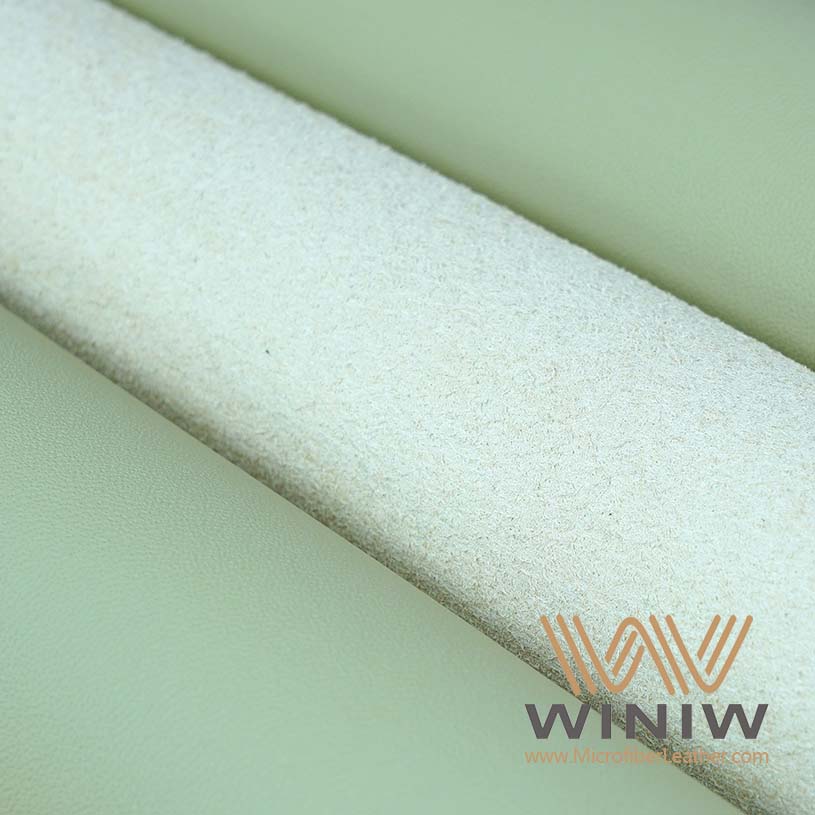
Automakers often compare leather, vinyl, and fabric when selecting materials for car interiors. Leather and vinyl both provide durability, but each has distinct advantages. Vinyl resists stains and scratches, making it suitable for high-traffic vehicles. Leather develops a rich patina over time, which many owners find appealing, though it requires regular maintenance. Fabric offers comfort and breathability but may not last as long as leather or vinyl.
Consumer preferences for car interior materials vary by region and market segment. The following table highlights these differences:
|
Region |
Consumer Preference |
Key Drivers |
|---|---|---|
|
North America |
Premium, luxurious interiors |
Demand for high-end materials, advanced manufacturing |
|
Asia Pacific |
Growth in spending on car interiors |
Rising consumer spending, expanding automotive industry |
|
Global |
Eco-friendly materials |
Sustainability trends, use of recycled and bio-based materials |
Car interior leather remains a top choice for those seeking luxury, durability, and style. Faux Leathers and winiwpuleather provide sustainable alternatives that meet modern demands for quality and environmental responsibility.
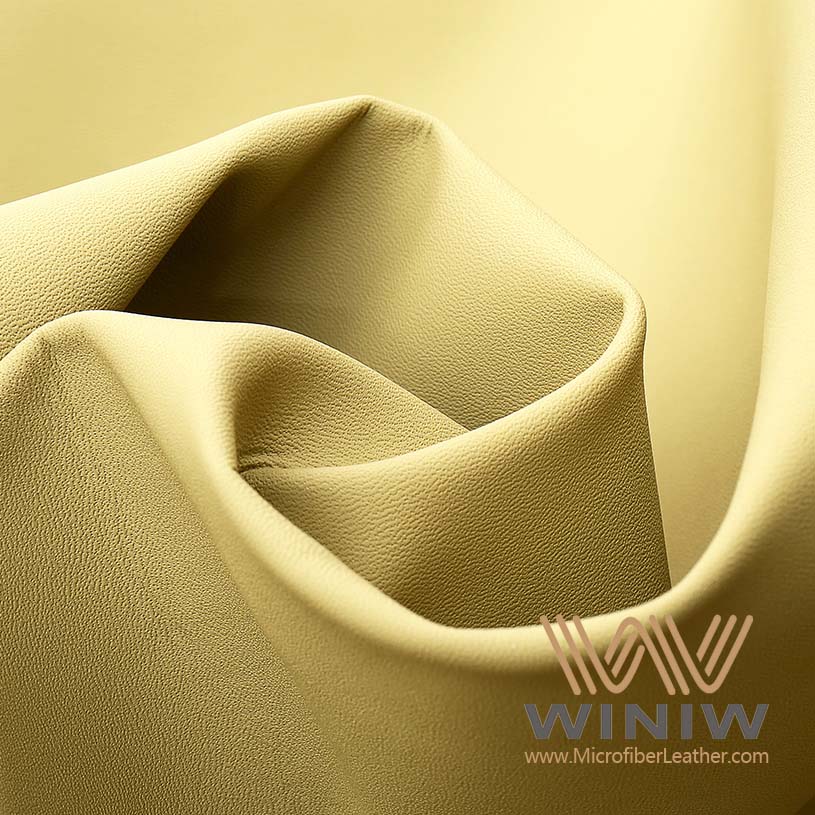
Car owners often choose leather for its outstanding durability. Premium leather stands out in the automotive world because it can last for decades when properly cared for. Studies show that well-maintained leather retains up to 85% of its original tensile strength after ten years. This impressive lifespan makes it a reliable choice for those who want their car interiors to look and feel new for a long time. Unlike many synthetic alternatives, premium leather resists cracking and fading, even with frequent use. Winiwpuleather, a high-quality synthetic option, also offers excellent resistance to wear and tear. Its advanced construction helps it withstand daily stress, making it suitable for busy families and frequent drivers. Both premium leather and winiwpuleather provide a strong foundation for car interiors, ensuring that seats and panels remain attractive and functional over time.
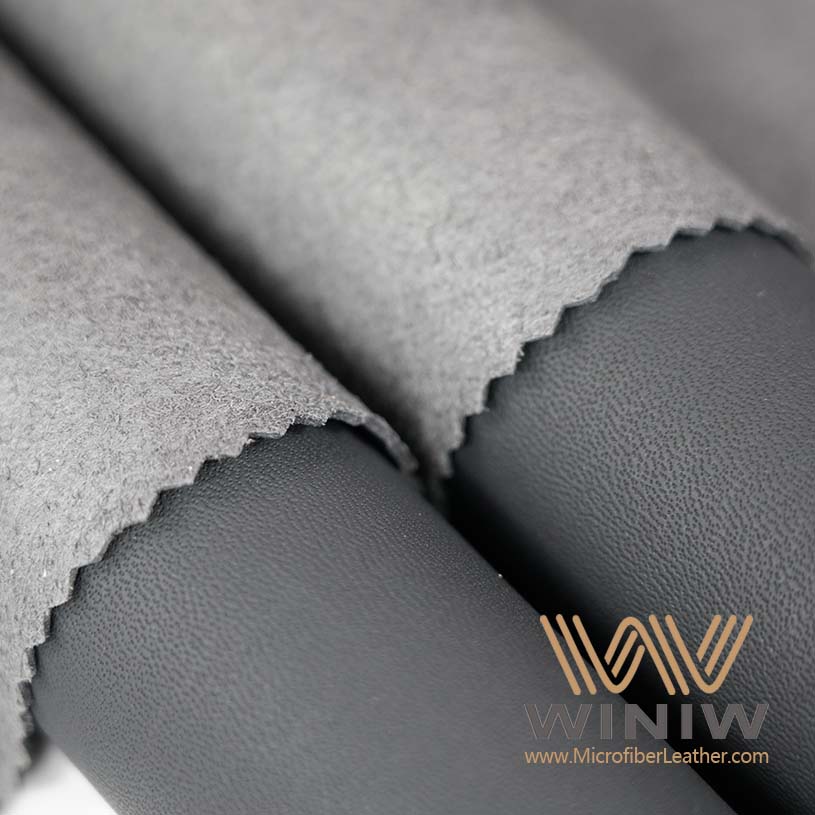
Comfort plays a major role in the appeal of leather car interiors. Premium leather delivers a soft, supple surface that adapts to body temperature, creating a pleasant seating experience in all seasons. Many drivers appreciate the softness and flexibility that genuine leather provides. This material molds to the body, reducing discomfort during long drives. Winiwpuleather also offers a high level of softness, closely mimicking the feel of natural leather. Its microfiber structure enhances elasticity, which adds to the overall comfort. Both options help create a luxurious experience for drivers and passengers. The combination of softness and support makes leather a preferred choice for those who value comfort on the road.
The appearance of leather interiors sets them apart from other materials. Premium leather brings a sense of luxury to any vehicle, elevating its style and appeal. The natural grain and rich color of leather create a sophisticated look that many car owners desire. Over time, leather develops a unique patina, adding character and depth to the interior. Winiwpuleather offers a wide range of colors and textures, allowing for customization to match personal tastes. This flexibility ensures that every car can reflect its owner's style. Both premium leather and high-quality synthetics maintain their visual appeal for years, contributing to the overall value and desirability of the vehicle.
Note: Choosing leather or advanced synthetic options like winiwpuleather not only enhances the look and feel of a car but also supports long-term satisfaction and pride of ownership.
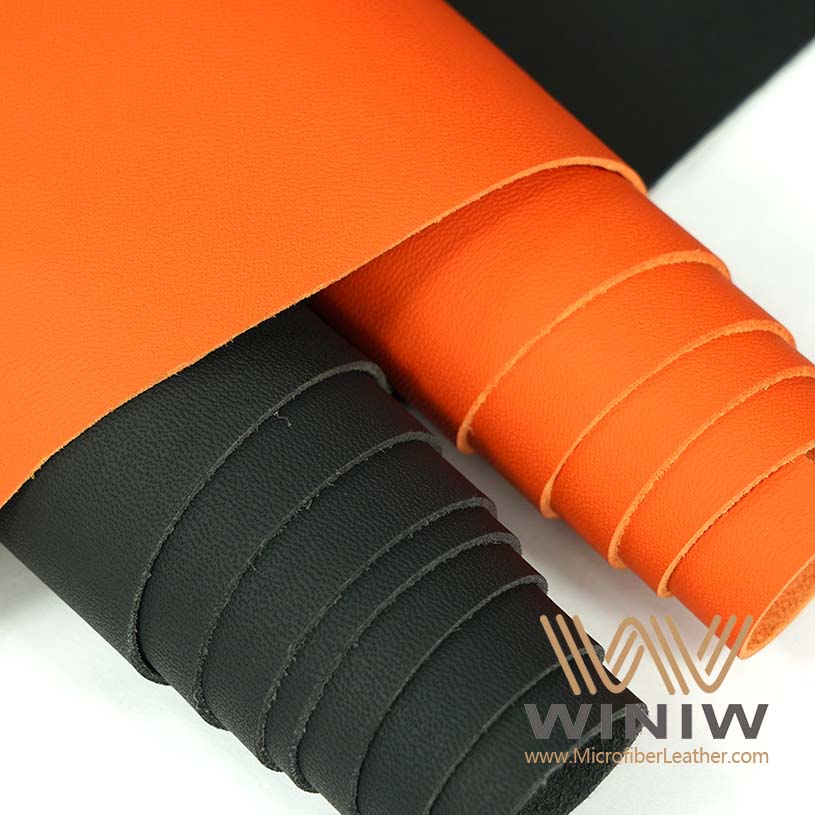
Car buyers often consider the resale value of a vehicle before making a purchase. Leather upholstery plays a major role in this decision. Automotive market data shows that leather interiors significantly enhance the aesthetic appeal of vehicles. This improvement in appearance attracts more buyers in the used car market. Many consumers prefer vehicles with high-quality and durable leather interiors. This preference drives demand and increases the resale value of automobiles.
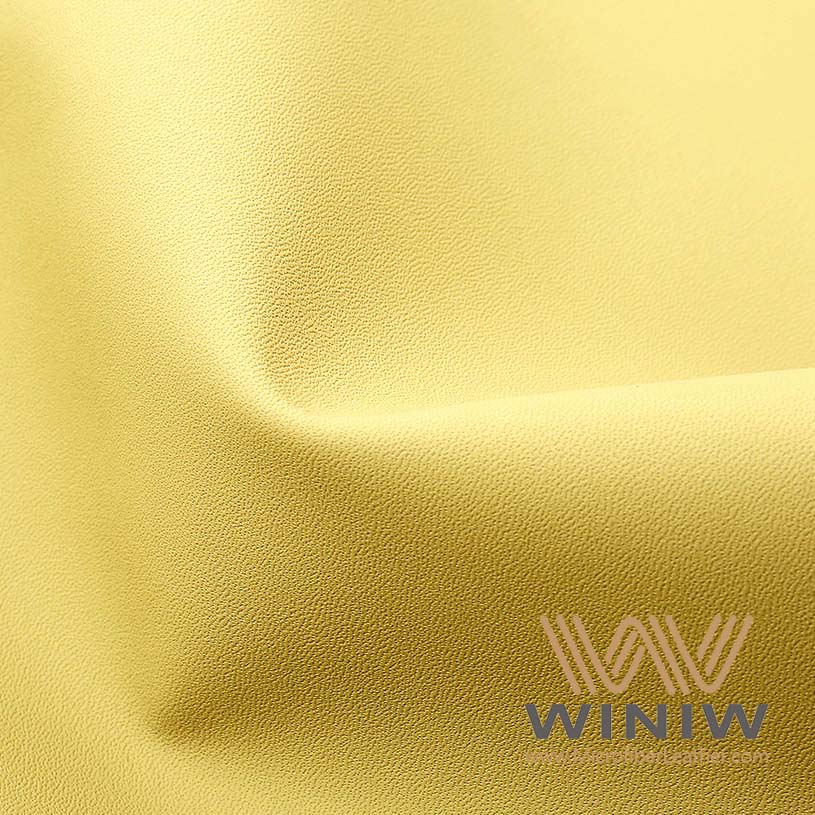
Natural leather stands out as a luxury feature. It signals quality and durability to potential buyers. Vehicles with natural leather interiors often command higher prices when resold. The perception of luxury and comfort associated with leather seats makes these vehicles more desirable. Owners who maintain their leather interiors well see even greater benefits. Clean, undamaged leather can make a car look newer and more valuable.
Synthetic leather, such as winiwpuleather from Faux Leathers, offers a sustainable alternative. Many buyers choose synthetic options for ethical reasons. These materials mimic the look and feel of genuine leather. They provide durability and easy maintenance. However, market trends show that synthetic leather does not match the resale value of natural leather. The following table compares the resale value of vehicles with different interior materials:
|
Interior Material |
Resale Value Comparison |
|---|---|
|
Natural Leather |
Generally higher resale value due to luxury and durability |
|
Synthetic Leather |
Typically lower resale value compared to natural leather |
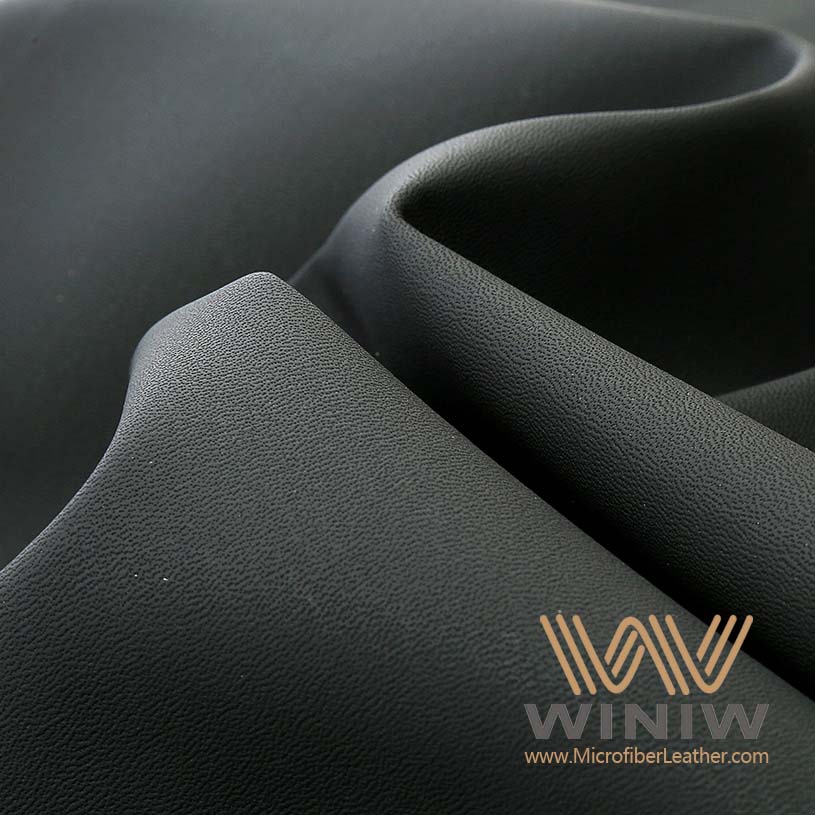
Several factors influence the resale value of vehicles with leather interiors:
Vehicles with natural leather interiors are perceived as more luxurious, which enhances their resale value.
Synthetic leather is becoming popular for ethical reasons but does not match the resale value of natural leather.
The condition and maintenance of the vehicle's interior significantly influence resale value, regardless of the material.
Winiwpuleather offers advantages for owners who prioritize sustainability and low maintenance. Its durability helps preserve the interior’s appearance over time. Faux Leathers provides customizable options, allowing owners to select colors and textures that suit their preferences. These features can appeal to buyers who value eco-friendly choices. While synthetic leather may not reach the resale value of natural leather, it still attracts a growing segment of environmentally conscious consumers.
Tip: Regular cleaning and proper care of leather or synthetic interiors help maintain their value. Owners who invest in maintenance often see higher returns when selling their vehicles.
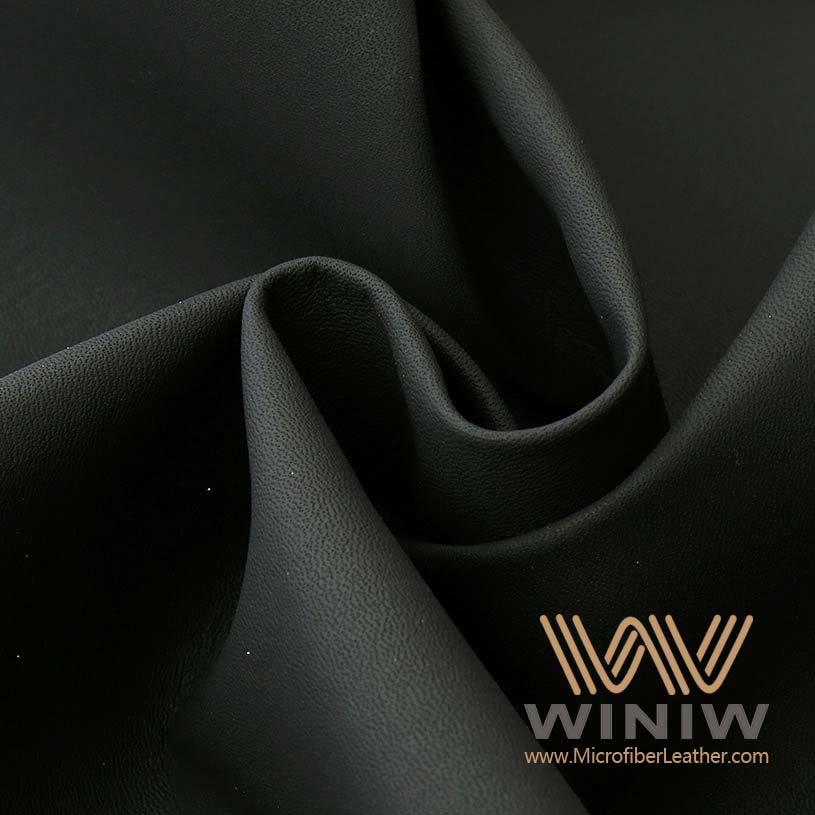
Full-grain leather represents the highest quality available for car interior leather. Manufacturers use the entire grain of the hide, which preserves the natural surface and markings. This type of premium leather stands out for its durability and ability to develop a rich patina over time. Many luxury vehicles feature full-grain leather because it offers a unique, organic appearance that highlights the natural beauty of the material. Owners appreciate the rugged look and the way the leather ages gracefully. The texture feels firm yet comfortable, providing both support and softness. Full-grain leather resists wear and tear, making it a top choice for those who value longevity and character in their car interiors.
Tip: Full-grain leather requires regular care to maintain its appearance and softness. Conditioning helps prevent drying and cracking.
The following table compares full-grain leather and top-grain leather in terms of appearance and durability:
|
Feature |
Full-Grain Leather |
Top-Grain Leather |
|---|---|---|
|
Appearance |
Natural and rugged with unique characteristics |
Uniform and smooth surface |
|
Durability |
Extremely high, resistant to wear |
High, but slightly reduced due to sanding |
|
Patina Development |
Develops a rich patina over time |
Minimal patina development |
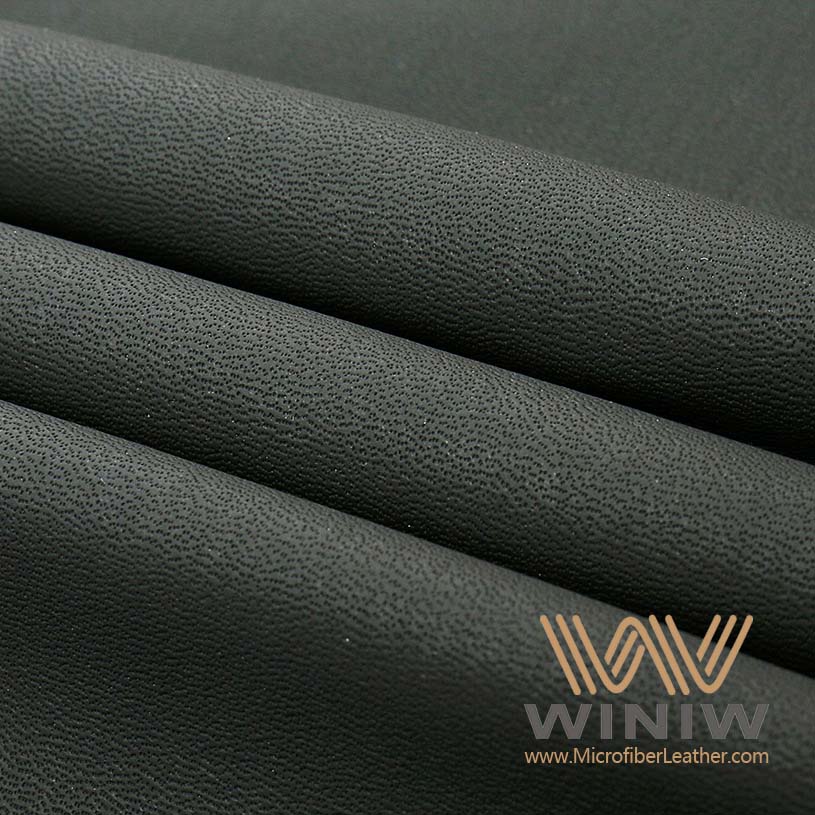
Top-grain leather ranks just below full-grain in terms of quality. Manufacturers sand and finish the surface to remove imperfections, resulting in a smooth and uniform look. This process slightly reduces durability but enhances the leather’s softness and makes it easier to maintain. Many premium leather interiors use top-grain leather because it balances luxury and practicality. The surface feels soft and supple, which adds comfort for drivers and passengers. Top-grain leather does not develop as much patina as full-grain, but it maintains a consistent appearance over time. Car owners who prefer a sleek and polished look often choose top-grain leather for their vehicles.
Nappa leather sets the standard for softness and luxury in car interiors. Manufacturers use full-grain or top-grain hides and treat them with special tanning processes to enhance the leather’s texture. Nappa leather feels exceptionally soft and smooth, making it a favorite for high-end vehicles. The material adapts to body temperature, providing comfort in any season. Many luxury brands select nappa leather for seats, steering wheels, and trim because it creates a premium atmosphere inside the car. The combination of softness and durability ensures that nappa leather remains attractive and comfortable for years. Owners who value a plush, elegant interior often choose nappa leather for their vehicles.
Note: Nappa leather requires gentle cleaning to preserve its softness and luxurious feel. Avoid harsh chemicals to maintain its quality.
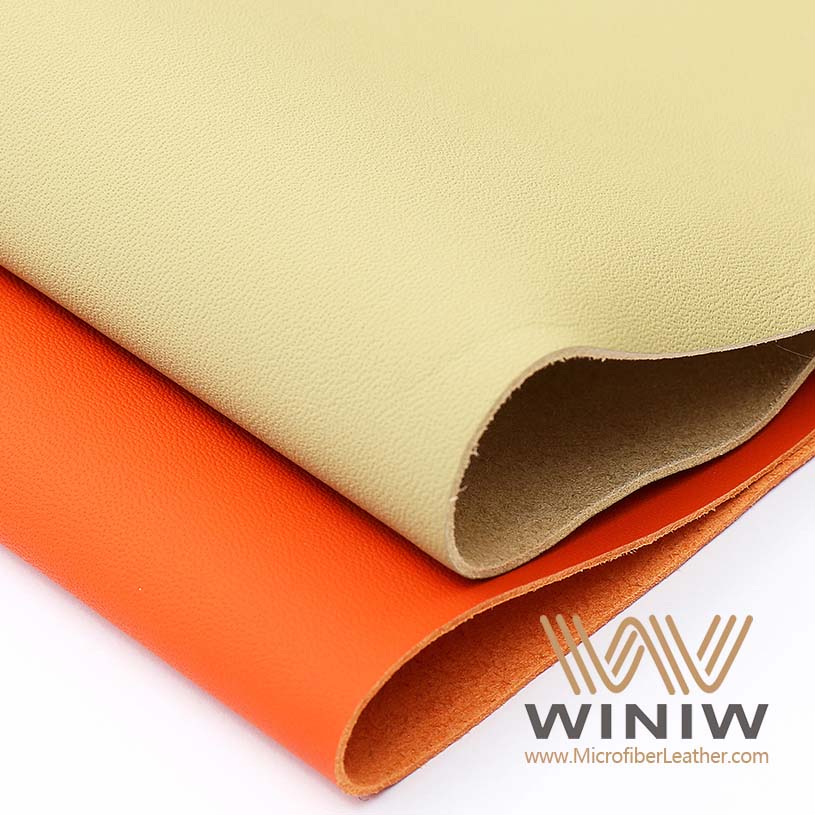
Corrected-grain leather offers a practical solution for car interiors that require a uniform appearance. Manufacturers create this leather by buffing or sanding the surface to remove imperfections. They then apply a pigment or finish to achieve a consistent look. This process allows corrected-grain leather to mimic the appearance of higher-grade leathers while remaining affordable.
Automakers often select corrected-grain leather for mid-range vehicles. The material resists stains and scratches, which makes it suitable for families and daily commuters. The finish provides a protective layer that helps maintain the leather’s color and texture over time. However, corrected-grain leather does not develop a natural patina like full-grain or top-grain leather. The surface feels firmer and less supple, but it still delivers a comfortable seating experience.
Tip: Regular cleaning helps preserve the finish and prevents premature wear. Use gentle cleaners designed for automotive leather.
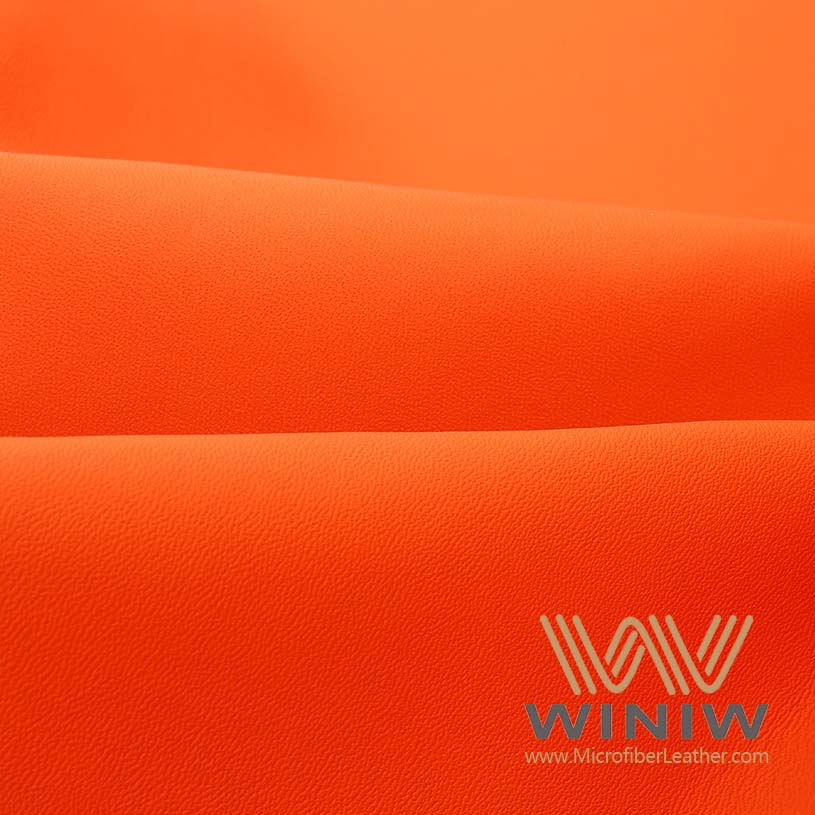
The following table compares corrected-grain leather with full-grain and split leather:
|
Feature |
Corrected-Grain Leather |
Full-Grain Leather |
Split Leather |
|---|---|---|---|
|
Appearance |
Uniform, consistent |
Natural, unique |
Less refined |
|
Durability |
Moderate to high |
Very high |
Moderate |
|
Comfort |
Firm |
Soft, supple |
Less soft |
|
Maintenance |
Easy |
Requires care |
Easy |
Split leather comes from the lower layers of the hide after the top grain has been removed. This type of leather is more affordable than full-grain or top-grain options. Manufacturers often use split leather for areas that do not require high durability, such as seat backs or trim panels.
The texture of split leather feels less soft and flexible. It does not offer the same luxurious feel as higher-grade leathers. To improve its appearance, manufacturers may apply a synthetic coating or embossing. This process helps split leather resemble more expensive materials. However, split leather remains more vulnerable to wear and tear. It may crack or fade faster under heavy use.
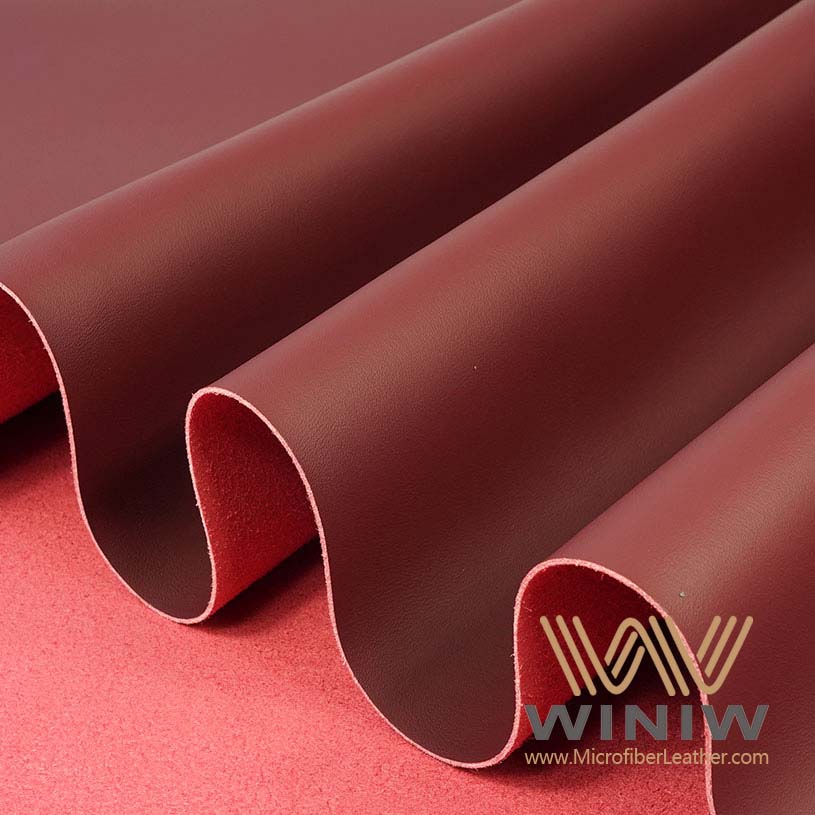
Car owners who want a budget-friendly option often choose split leather. The material provides a leather look without the premium price. Routine maintenance can extend its lifespan, but it will not match the durability of full-grain or corrected-grain leather.
Synthetic leather has gained popularity in automotive interiors due to its versatility and sustainability. Brands like Faux Leathers and winiwpuleather offer advanced synthetic options that closely mimic the look and feel of genuine leather. These materials use innovative manufacturing techniques to deliver durability, comfort, and style.
Winiwpuleather stands out for its eco-friendly production process. The creation of microfiber leather eliminates livestock farming, which significantly reduces greenhouse gas emissions. The process uses less water and avoids harmful chemicals found in traditional leather tanning. This approach helps protect local ecosystems and reduces pollution.
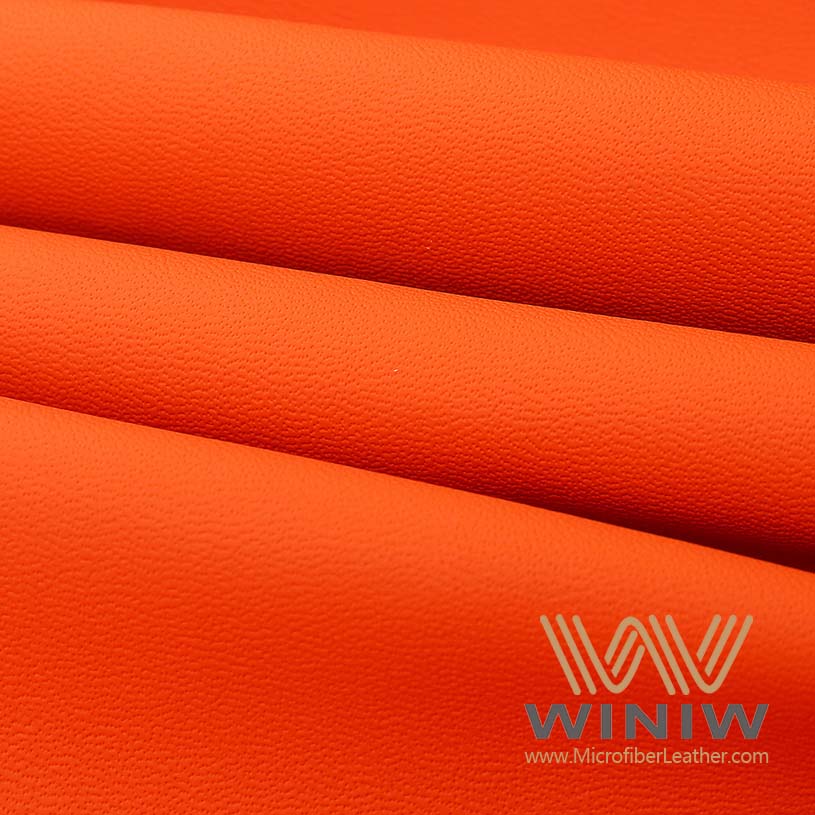
Lifecycle analysis studies highlight several environmental benefits of choosing eco-friendly car interior leathers:
Lifecycle Assessment (LCA) measures environmental impacts from raw material extraction to disposal.
It quantifies greenhouse gas emissions, water usage, land use, and energy consumption.
Eco-friendly materials reduce landfill waste and promote a circular economy.
Sustainable practices encourage responsible resource management.
Synthetic leathers like winiwpuleather and Faux Leathers offer additional advantages:
Waterproof and abrasion-resistant surfaces withstand daily use.
Customizable colors and textures allow for personalized design.
Easy maintenance supports long-term performance.
Car owners who prioritize sustainability and durability find synthetic leather a compelling choice. These materials provide a modern solution for automotive interiors while supporting environmental goals.
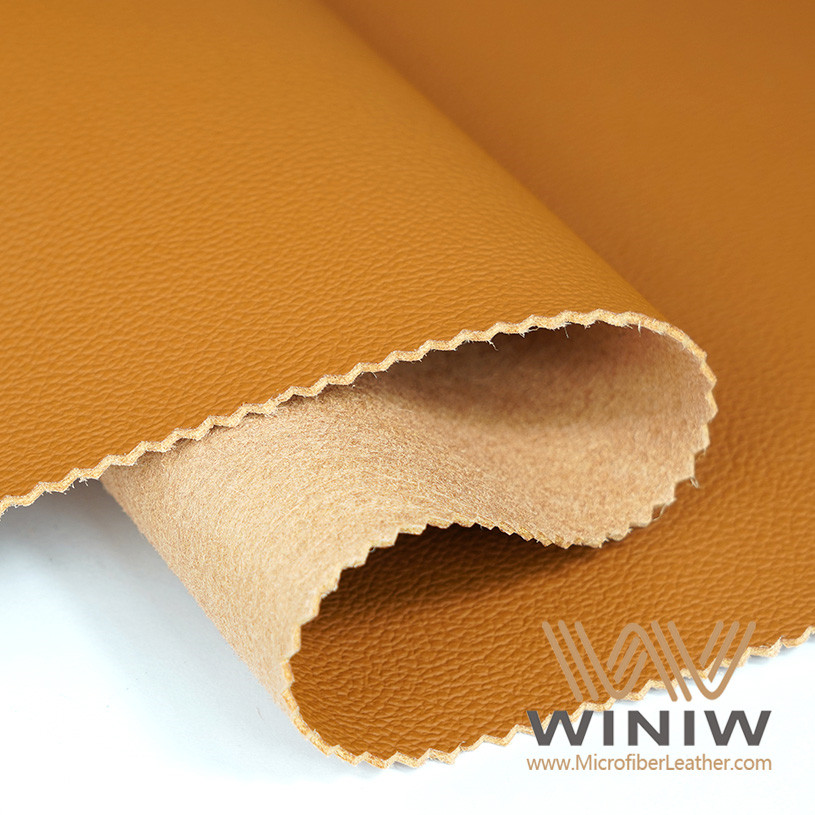
Automotive experts define the best leather for car upholstery by several important criteria. Durability stands out as a key factor. Leather must withstand daily wear and tear from passengers and cargo. Comfort also plays a major role. High-quality leathers provide a pleasant seating experience for drivers and passengers. Aesthetic appeal matters as well. The color and texture of car interior leather should complement the vehicle’s design, creating a visually pleasing environment. Maintenance requirements and cost effectiveness influence the final decision.
The following table summarizes how different types of premium leather compare:
|
Leather Type |
Characteristics |
Maintenance Requirements |
Cost Effectiveness |
|---|---|---|---|
|
Full-grain |
Highest quality, natural texture, robust, luxurious look |
Requires regular upkeep |
Higher |
|
Top-grain |
Smoother finish, easier to maintain, balances luxury and practicality |
Easier to maintain |
Moderate |
|
Nappa |
Superior softness and comfort, used in high-end vehicles |
Regular upkeep needed |
Higher |
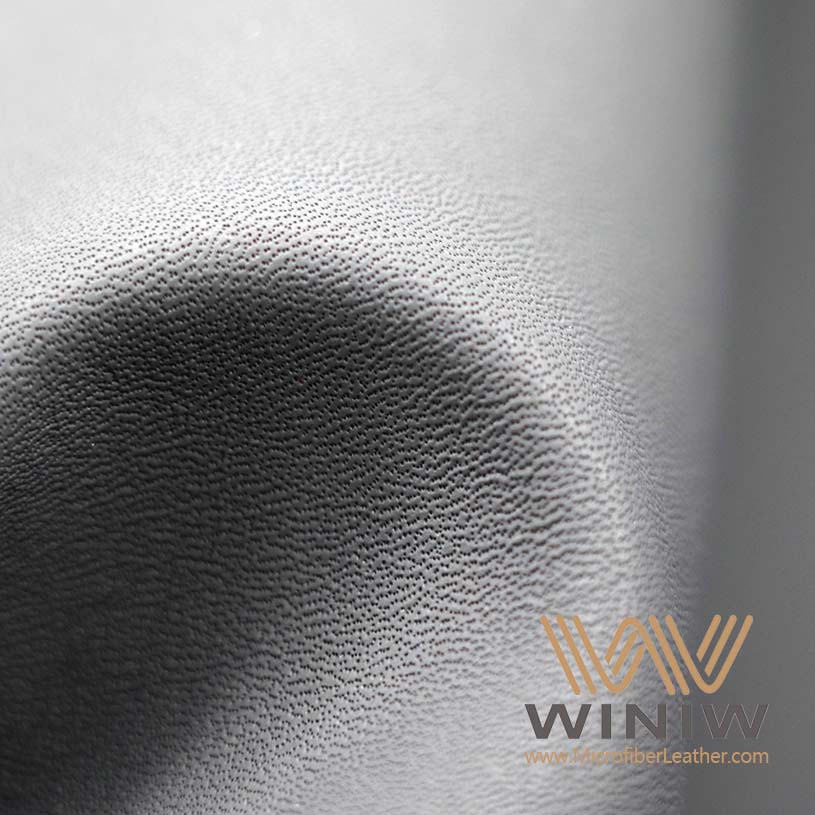
Premium leather options like full-grain, top-grain, and nappa leather offer a blend of luxury, durability, and comfort. Full-grain leather provides a natural look and robust feel. Top-grain leather balances ease of maintenance with a smooth finish. Nappa leather stands out for its exceptional softness and luxurious appearance.
Tip: Matching the color of premium leather to the car’s interior design enhances the overall look and increases owner satisfaction.
Nappa leather remains a top choice for luxury car interiors. Manufacturers use sheep or lamb hides with fine grain to produce nappa leather. The tanning process increases durability and resistance to environmental factors. The finishing process adds a soft touch and a luxurious appearance.
Nappa leather offers several unique features:
Nappa leather is made from sheep or lamb hides, known for their fine grain.
The tanning process enhances its durability and resistance to environmental factors.
The finishing process adds to its luxurious appearance and soft touch.
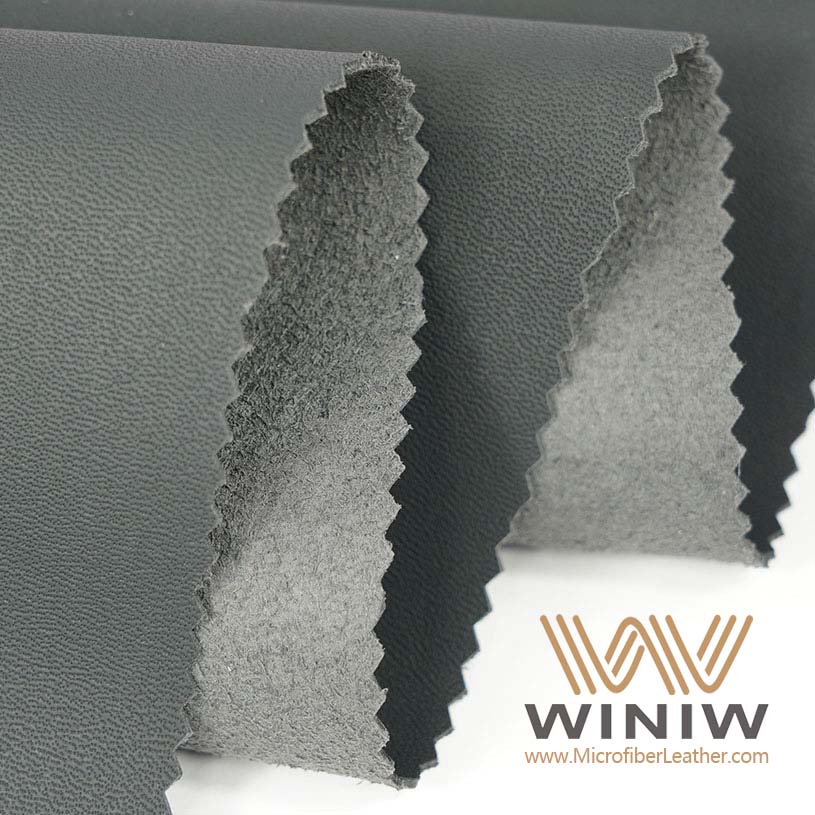
The following table highlights the main features of nappa leather:
|
Feature |
Description |
|---|---|
|
Softness |
Nappa leather is known for its exceptional softness, enhancing comfort. |
|
Durability |
It is durable and resilient against wear and tear, ideal for high-use items. |
|
Luxurious Appearance |
The luxurious look and buttery texture appeal to consumers seeking elegance. |
|
Breathability |
Nappa leather is breathable, contributing to a comfortable driving experience. |
|
Ease of Maintenance |
Proper care preserves its beauty and extends its lifespan. |
Nappa leather also provides hypoallergenic properties. This feature benefits individuals with respiratory sensitivities, especially in enclosed car interiors. The combination of softness, durability, and luxury makes nappa leather a preferred material for high-end vehicles.
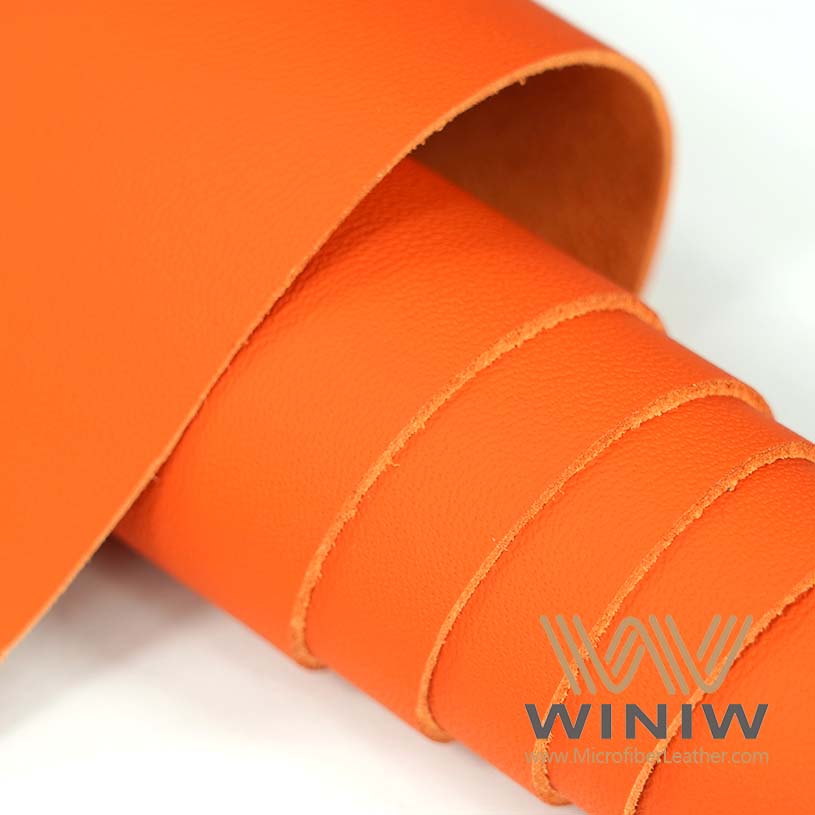
Faux Leathers and winiwpuleather offer innovative solutions for car interior leather. These synthetic materials address common issues found in traditional upholstery. Faux leather provides a luxurious appearance at a lower cost. It is easier to clean, requiring only a quick wipe with a damp cloth for upkeep. Real leather needs more attention to prevent drying and cracking.
Faux Leathers solutions include:
Faux leather is the clear winner for low-maintenance options.
A quick wipe with a damp cloth is sufficient for faux leather upkeep.
Real leather needs more attention to prevent drying and cracking.
Faux leather provides a luxurious appearance at a lower cost.
It is easier to clean, requiring just a simple wipe for maintenance.
It is more animal-friendly compared to real leather.
Winiwpuleather stands out for its eco-friendly production and durability. The microfiber structure ensures a soft touch and high elasticity. These features enhance comfort and usability. Faux Leathers and winiwpuleather meet international safety and environmental standards. They offer customizable colors and textures, allowing car owners to match their interiors to personal preferences.
Car owners seeking the best leather for car upholstery should consider both premium leather and advanced synthetic options. Nappa leather delivers luxury and softness for high-end vehicles. Faux Leathers and winiwpuleather provide sustainable, high-quality alternatives with easy maintenance and design flexibility.
Durability remains a top priority when selecting leather for car upholstery. Full-grain leather offers the highest resistance to wear and tear. Its dense fiber structure helps it withstand years of use without cracking or fading. Many luxury vehicles use full-grain or nappa leather because these materials keep their strength and appearance over time. Nappa leather, known for its softness, also resists stretching and splitting. Top-grain leather provides a balance between durability and comfort, making it a popular choice for both premium and mid-range vehicles.
Synthetic options, such as those from Faux Leathers and winiwpuleather, have advanced in recent years. These materials use microfiber technology to mimic the toughness of natural leather. Winiwpuleather, for example, resists abrasion and UV damage, which helps car interiors stay looking new. Synthetic leather for car upholstery often lasts as long as natural leather, especially in high-traffic areas like seats and door panels. Owners who want a long-lasting solution can rely on both high-quality natural and synthetic leathers.
Tip: Regular cleaning and protection from direct sunlight can extend the lifespan of any car upholstery material.
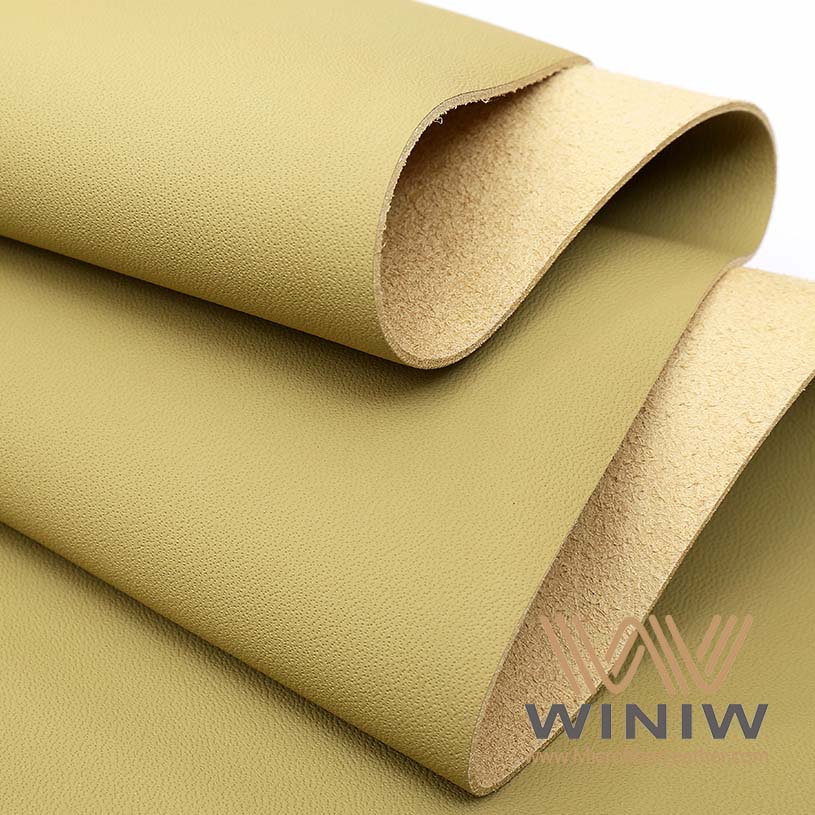
Comfort plays a major role in the driving experience. Nappa leather stands out for its exceptional softness and ability to adapt to body temperature. Drivers and passengers enjoy a plush, smooth surface that feels inviting in any season. Full-grain and top-grain leathers also provide a comfortable ride, though they may feel firmer than nappa leather at first. Over time, these materials soften and mold to the shape of the seat, increasing comfort.
Synthetic leathers, such as those offered by Faux Leathers and winiwpuleather, have improved greatly in comfort. Modern microfiber structures give these materials a soft touch and high elasticity. Many drivers cannot tell the difference between premium synthetic and natural leather for car upholstery. The breathability of advanced synthetics helps prevent discomfort during long trips. Customizable textures and finishes allow car owners to choose the level of softness and support they prefer.
Note: Choosing the right leather for car upholstery can make every drive more enjoyable, especially on longer journeys.
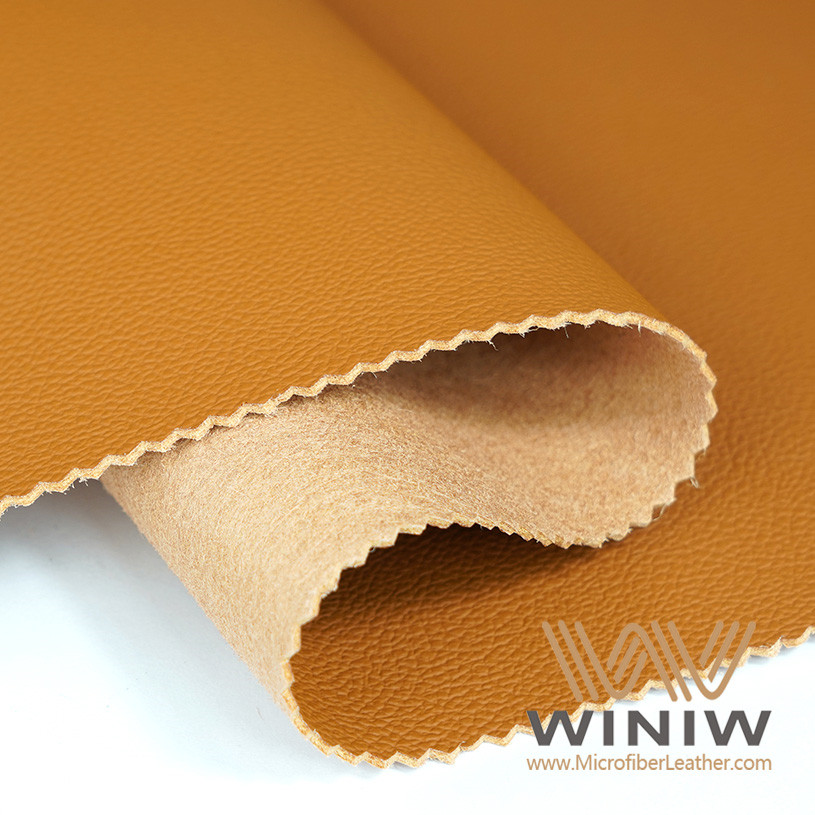
Maintenance requirements differ between natural and synthetic leathers. Car owners should consider how much time and effort they want to spend on upkeep. The following points highlight the main differences:
Synthetic leather requires minimal maintenance. Owners can clean it with a damp cloth and mild detergent.
Natural leather needs specialized care. Conditioning and polishing help maintain its appearance and texture.
Synthetic leather resists fading, staining, and cracking. This makes it easy to keep interiors looking fresh.
The easy-to-clean surface of synthetic leather helps maintain good condition with little effort.
Synthetic leather’s durability reduces the need for frequent maintenance. This extends the lifespan of vehicle components.
Low maintenance requirements make synthetic leather a practical choice for busy car owners.
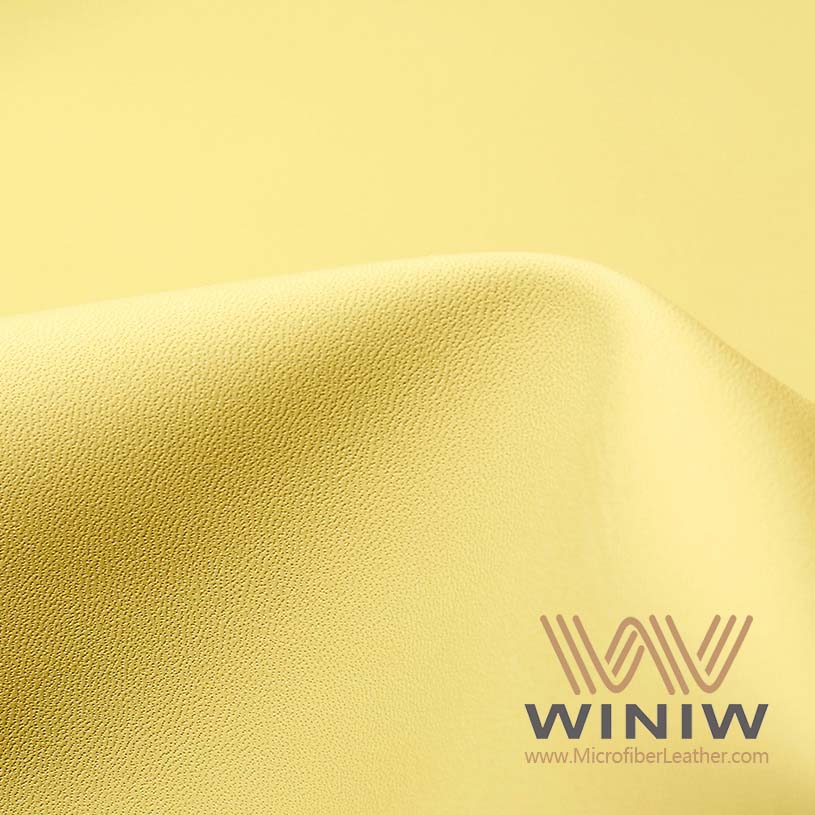
Natural leather, including nappa leather, benefits from regular conditioning. This process keeps the material soft and prevents drying or cracking. Owners who prefer a low-maintenance option often choose synthetic leather for car upholstery. Faux Leathers and winiwpuleather provide solutions that combine easy care with long-lasting beauty.
Cost plays a significant role when choosing leather for car upholstery. Buyers often compare the initial investment, long-term value, and maintenance expenses before making a decision. Each type of leather comes with its own price range and value proposition.
Natural leather, such as full-grain and nappa, sits at the top of the price spectrum. Full-grain leather for car upholstery commands a premium because of its durability, luxurious feel, and natural appearance. Nappa leather also carries a high price tag due to its softness and refined finish. These materials often appear in luxury vehicles, where buyers expect superior quality and are willing to pay more for exclusivity.
Top-grain leather offers a balance between quality and affordability. Manufacturers process this leather to remove imperfections, which lowers the cost compared to full-grain. Many mid-range vehicles use top-grain leather for car upholstery to provide a premium look without the highest expense.
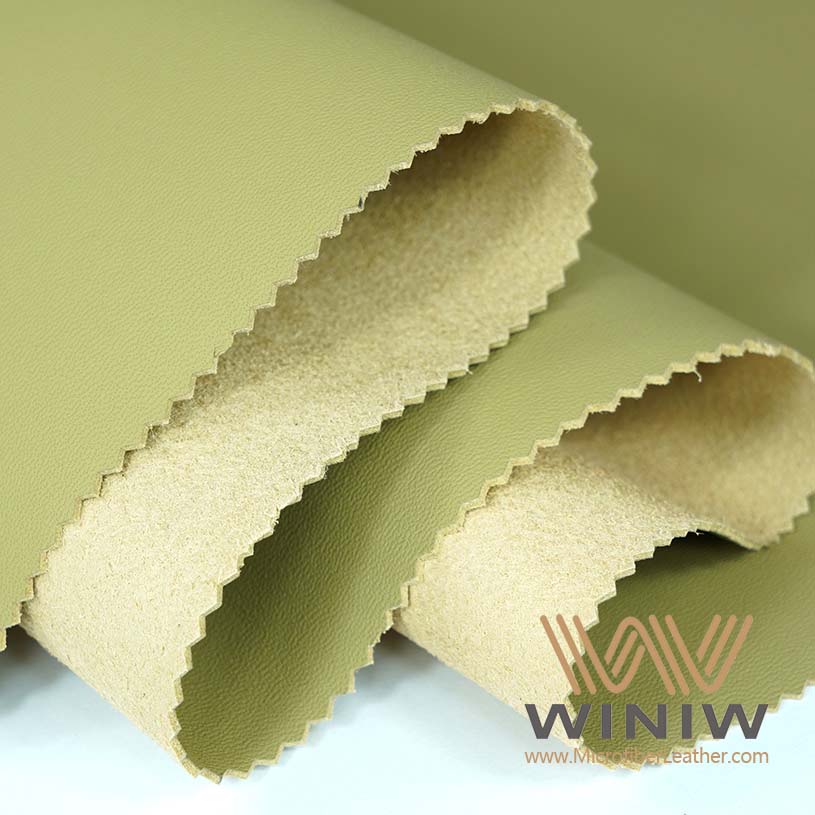
Corrected-grain and split leather present more budget-friendly options. These types undergo additional processing, which reduces their price. They still offer the appearance of leather but may not last as long as higher-grade materials. Car owners who want the look of leather without a significant investment often choose these options.
Synthetic leather, including products from Faux Leathers and winiwpuleather, provides a cost-effective alternative. These materials mimic the appearance and feel of genuine leather while offering lower upfront costs. Manufacturers can produce synthetic leather in large quantities, which helps keep prices competitive. Winiwpuleather stands out for its durability and eco-friendly features, making it a smart choice for those who want value and sustainability.
The following table compares the average cost and value of different types of leather for car upholstery:
|
Leather Type |
Average Cost (per yard) |
Maintenance Cost |
Value Over Time |
|---|---|---|---|
|
Full-Grain |
$$$$ |
Moderate-High |
Excellent |
|
Nappa |
$$$$ |
High |
Excellent |
|
Top-Grain |
$$$ |
Moderate |
Very Good |
|
Corrected-Grain |
$$ |
Low-Moderate |
Good |
|
Split Leather |
$ |
Low |
Fair |
|
Synthetic (Faux Leathers, winiwpuleather) |
$-$$ |
Low |
Very Good-Excellent |
Note: Synthetic options like winiwpuleather often require less maintenance, which reduces long-term costs. Their durability and resistance to stains help preserve the interior’s appearance, adding value over time.
Buyers should consider both the initial price and the total cost of ownership. Premium natural leathers offer unmatched luxury but require a higher investment and ongoing care. Synthetic leathers deliver affordability, easy maintenance, and strong performance, making them attractive for many car owners. By weighing these factors, individuals can select the best leather for car upholstery that fits their budget and lifestyle.
Selecting the right leather for a car interior begins with understanding personal needs and preferences. Every driver values different qualities in their vehicle. Some prioritize comfort, while others focus on durability or style. To make an informed choice, consider the following factors:
Quality: Each type of leather offers unique characteristics. Some provide a softer feel, while others deliver greater durability.
Tanning: The tanning process affects both the appearance and the scent of the leather. Some drivers prefer the rich aroma of traditional tanning, while others may want a more neutral scent.
Colors: Color selection impacts both the look and the heat absorption of the interior. Lighter colors reflect sunlight and stay cooler, while darker shades create a classic, elegant appearance.
Finish: The finish determines how the leather feels and how easy it is to maintain. Some finishes offer extra comfort in extreme temperatures, while others resist stains and spills.
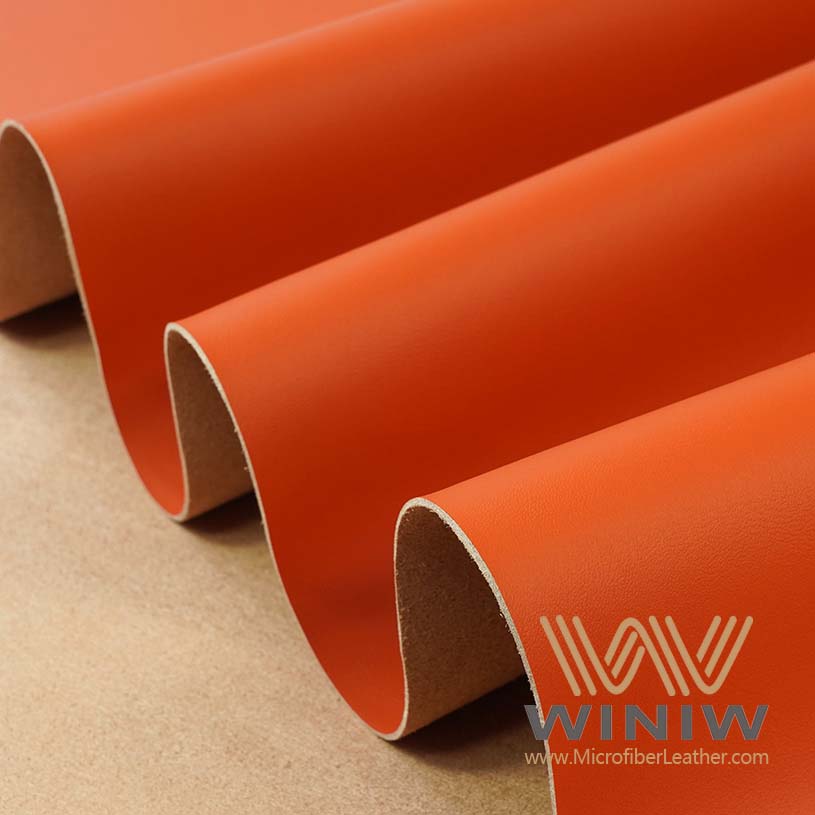
Drivers who want a blend of comfort, durability, and style often choose premium leather. Those who seek eco-friendly options may consider synthetic materials like winiwpuleather from Faux Leathers, which provide customization and sustainability.
Budget plays a significant role in the decision-making process. The cost of car interior materials varies widely, especially between luxury and more affordable options. The following table outlines key economic factors that influence this choice:
|
Economic Factors |
Description |
|---|---|
|
Cost of Raw Materials |
Affects the price of synthetic and natural leathers |
|
Inflation |
Raises production costs, impacting the final price of car interiors |
|
Interest Rates |
Influences financing options for buyers |
Premium leather usually appears in luxury vehicles and comes with a higher price tag.
Synthetic leathers offer a more affordable alternative for many consumers.
Vehicles with leather seats often cost more than those with cloth interiors.
For buyers who want to balance cost and quality, synthetic leathers such as those from Faux Leathers present a practical solution. These materials deliver the look and feel of luxury without the high expense of traditional options.
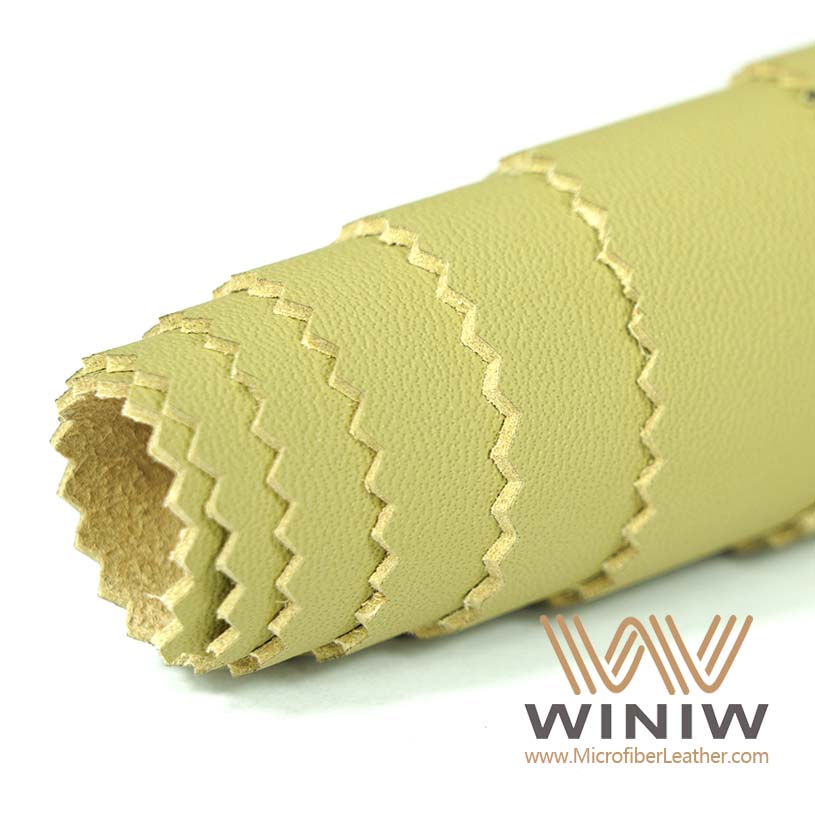
Maintenance is another important consideration when choosing car interior leather. Owners face several challenges in keeping their interiors looking new:
Stubborn stains can be difficult to remove from leather surfaces.
Residue from natural oils and grime may build up if not cleaned regularly.
Using too much cleaning product can leave the surface slippery.
Leather can dry out and lose its elasticity without proper care. Cracking may occur, which affects both appearance and comfort. Regular conditioning helps maintain flexibility and prevents brittleness. However, many drivers find that leather resists spills and odors, making clean-ups easier than expected.
Synthetic options like winiwpuleather require less maintenance. A simple wipe with a damp cloth often keeps the interior looking fresh. For those who want the elegance of luxury interiors with minimal upkeep, advanced synthetic leathers offer a smart choice.
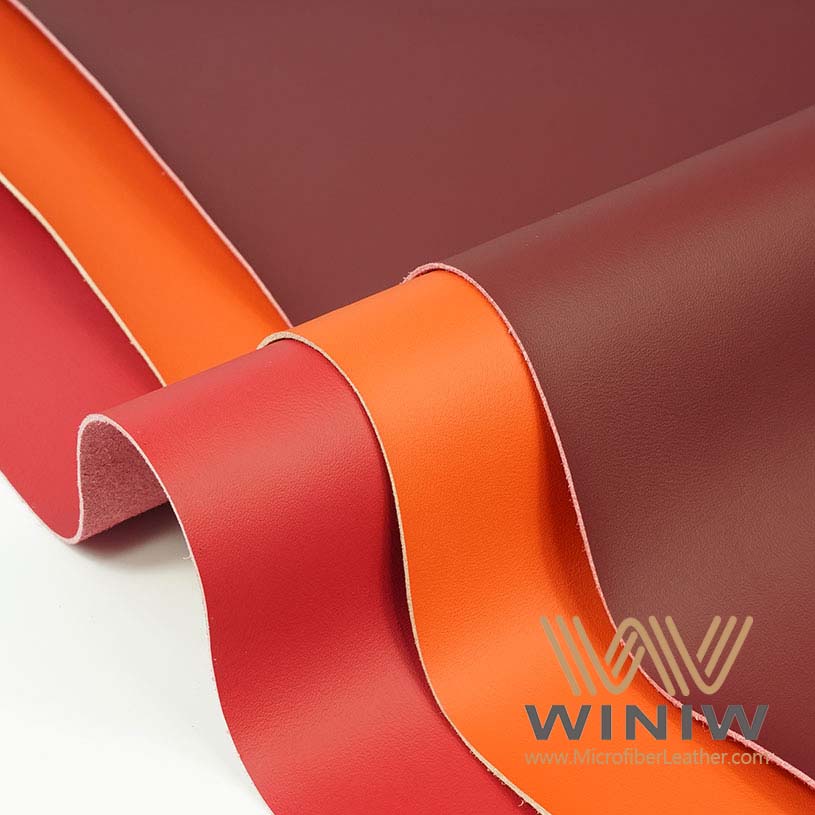
Color and design play a crucial role in the selection of premium leather for car interiors. The right combination can transform the atmosphere inside a vehicle, making it feel more luxurious, modern, or inviting. Car owners today have access to a wide range of choices, allowing them to personalize their vehicles according to their tastes and lifestyles.
Automotive designers have noticed several trends in recent years. Many drivers now prefer deep grey or charcoal leather, often paired with lighter greys to create a striking two-tone contrast. This combination gives the interior a sophisticated and timeless look. Intricate stitching and perforation patterns have also become mainstream. These details, once reserved for luxury vehicles, now appear in many models, adding texture and visual interest.
Some car owners choose bold and contrasting tones to make a statement. Vibrant colors such as deep burgundy with ivory or navy blue with gold offer a sense of elegance and modernity. These combinations break away from traditional neutral palettes, giving the interior a unique personality. Earthy and natural hues, inspired by nature, are gaining popularity as well. Olive green paired with tan leather creates a rugged yet refined appearance, while terracotta adds warmth and richness.
Tip: Custom stitching and perforation can enhance both the look and comfort of car seats. These features allow for better breathability and a more tailored feel.
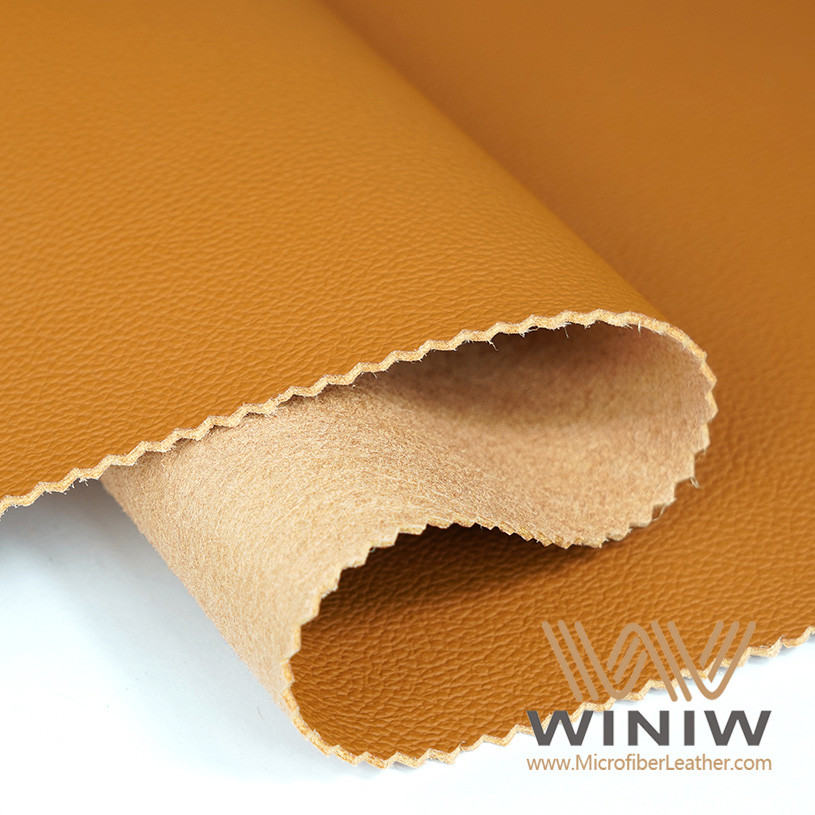
Faux Leathers and winiwpuleather provide extensive customization options. Car owners can select from a wide variety of colors and textures to match their preferences. The ability to choose unique combinations, such as navy blue with gold or deep burgundy with ivory, allows for a truly personalized interior. These materials also support sustainable design, making them ideal for those who value eco-friendly choices.
The following table highlights popular color and design trends for car interior leather:
|
Trend |
Description |
|---|---|
|
Grey & Charcoal |
Sophisticated two-tone contrast |
|
Intricate Stitching |
Adds texture and luxury |
|
Bold Contrasting Tones |
Deep burgundy & ivory, navy blue & gold |
|
Earthy Natural Hues |
Olive green, terracotta for calming, warm vibes |
Design flexibility extends beyond color. Faux Leathers and winiwpuleather offer options for custom embossing, patterns, and finishes. This versatility ensures that every car interior can reflect the owner's style, whether they prefer classic elegance or contemporary flair.
Car owners should consider how color and design affect the overall feel of the vehicle. Lighter shades can make the cabin feel spacious and cool, while darker tones add drama and sophistication. Unique stitching and perforation patterns provide a sense of craftsmanship and attention to detail. By exploring the full range of options, drivers can create an interior that feels both comfortable and visually appealing.
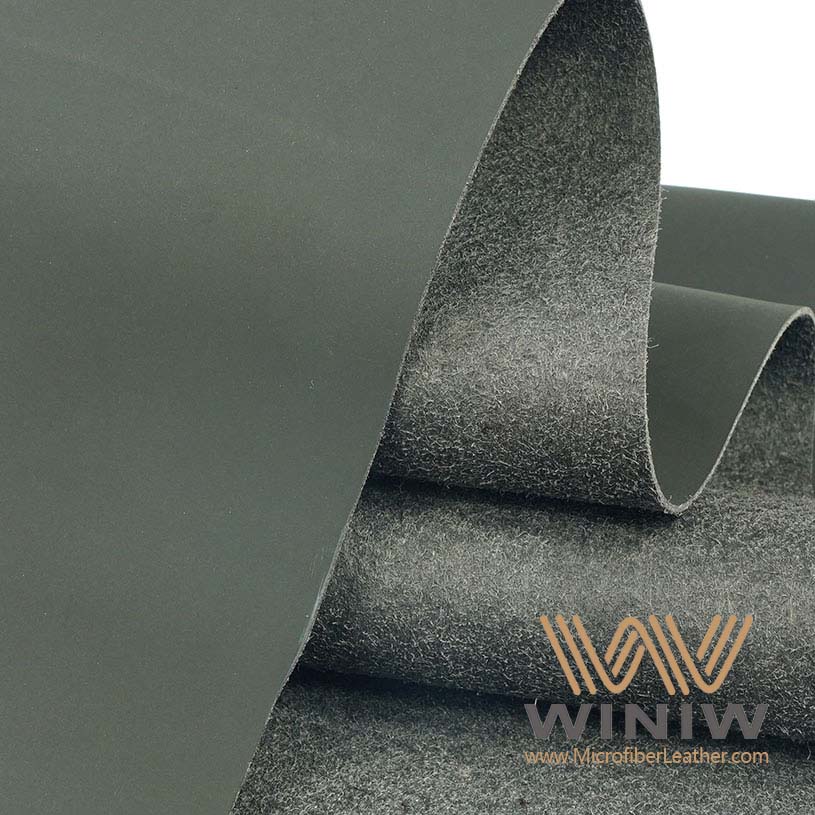
Steering wheels experience constant contact and friction. Manufacturers select leather for steering wheels because it offers a balance of comfort, durability, and style. Full-grain and nappa leather often appear in high-end vehicles. These types provide a soft touch and resist wear from daily use. Top-grain leather also serves as a popular choice. It delivers a smooth surface and maintains its appearance over time.
Synthetic options, such as winiwpuleather, have gained popularity in recent years. Winiwpuleather uses advanced microfiber technology. This material mimics the feel of genuine leather and withstands frequent handling. Car owners who want a sustainable solution often choose winiwpuleather for steering wheels. It provides customization in color and texture, allowing for a personalized look that matches the interior.
Durability remains essential for steering wheel leather. The material must resist abrasion, sweat, and temperature changes. Full-grain leather offers high resistance to cracking and fading. Nappa leather provides a soft grip and adapts to hand temperature, enhancing comfort during long drives. Top-grain leather maintains its structure and resists stretching.
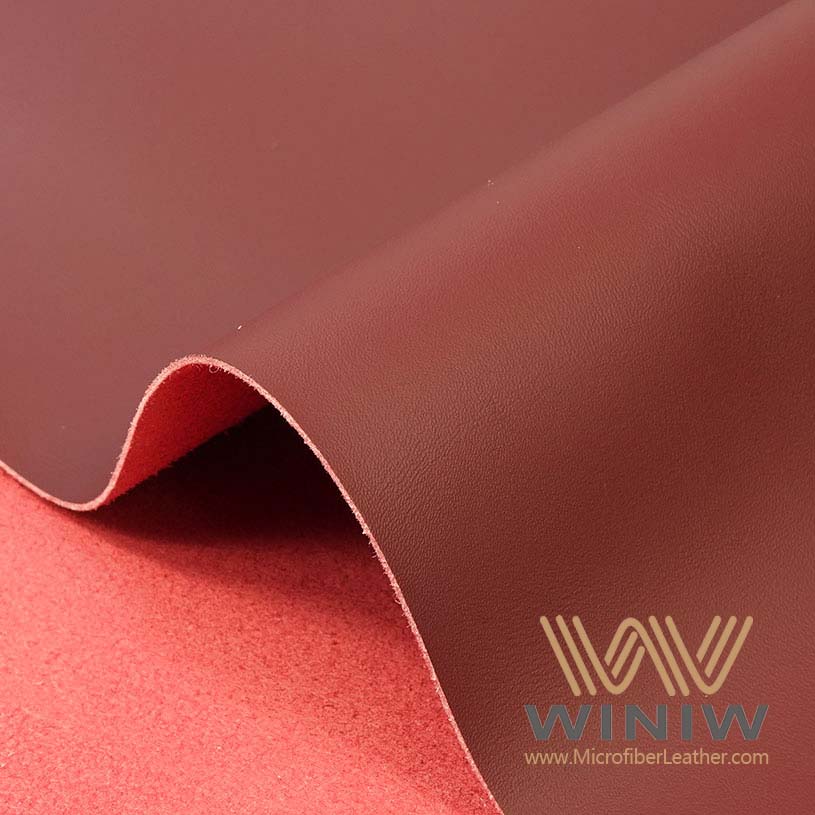
Winiwpuleather stands out for its durability and grip. The microfiber structure ensures elasticity and a non-slip surface. Drivers benefit from a secure hold, even in humid conditions. Winiwpuleather resists UV damage and abrasion, making it suitable for vehicles parked outdoors. The material retains its shape and color, supporting a luxury driving experience.
Tip: A steering wheel with quality leather or advanced synthetic material improves safety by providing a reliable grip.
Proper care extends the lifespan of leather steering wheels. Car owners should follow best practices to maintain appearance and performance.
Gather necessary supplies. Use microfiber cloths, leather cleaner, leather conditioner, a soft-bristled brush, and distilled water.
Inspect the steering wheel. Check for existing damage before cleaning.
Clean the steering wheel. Apply leather cleaner, scrub lightly, wipe off residue, and dry the leather.
Condition the leather. Use a non-greasy leather conditioner and apply it evenly.
Protect from UV damage. Apply a UV protectant, especially if parked in direct sunlight.
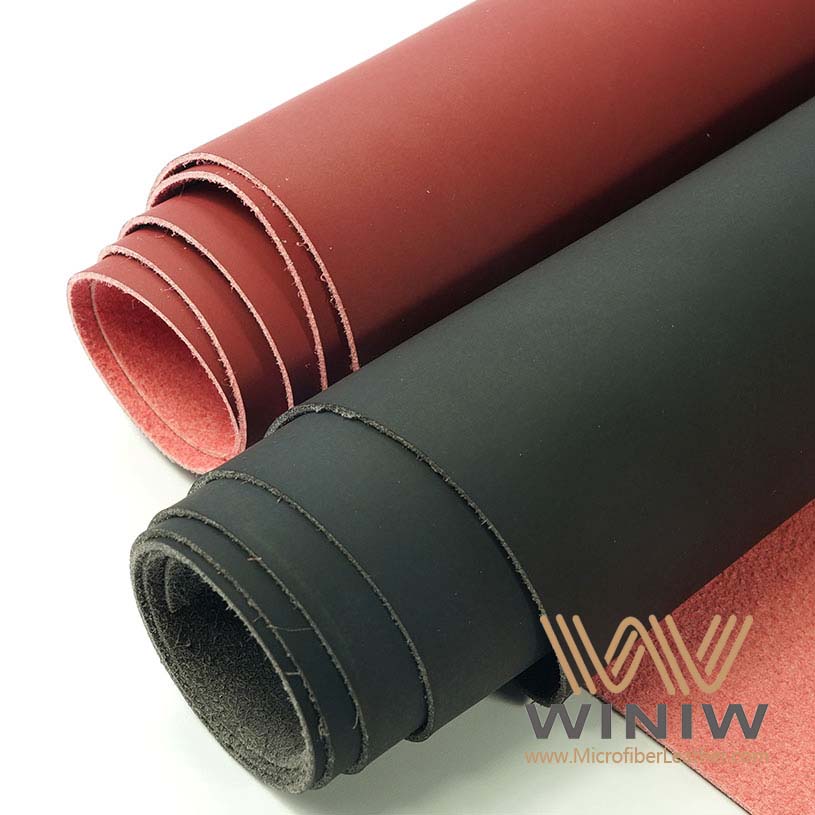
Regular maintenance prevents cracking and fading. Owners who use winiwpuleather benefit from easy cleaning and minimal upkeep. The material’s resistance to stains and UV rays reduces the need for frequent conditioning. Drivers who invest in proper care enjoy a comfortable and attractive steering wheel for years.
Note: Avoid harsh chemicals and excessive moisture when cleaning leather steering wheels. Gentle products preserve softness and color.
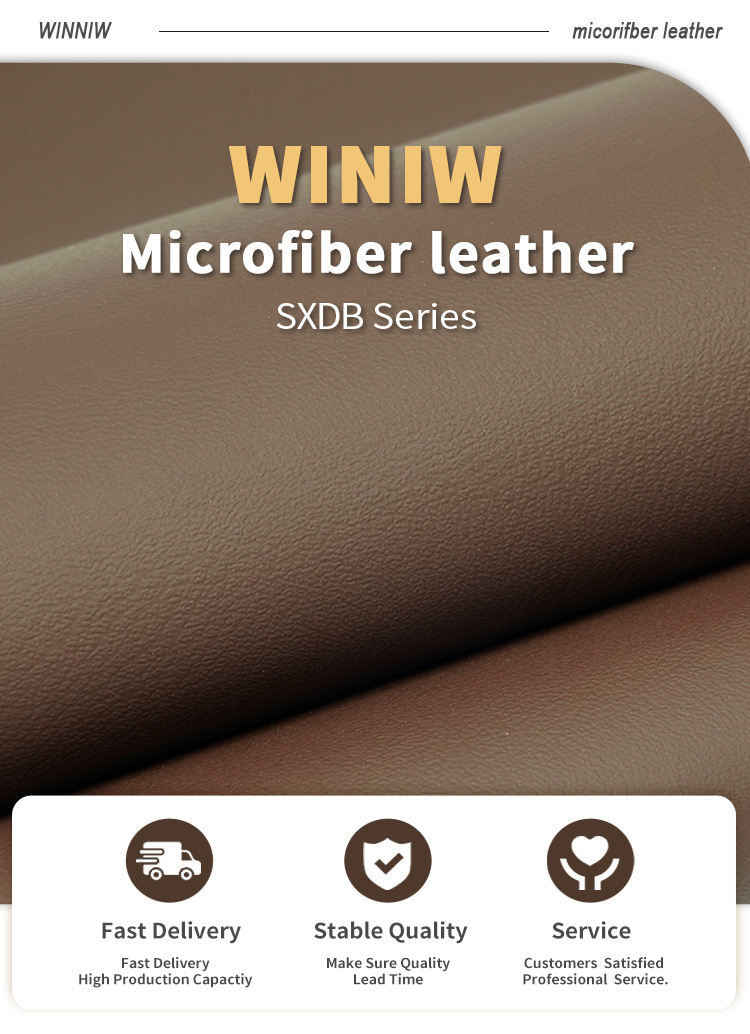
Selecting the best leather for car interiors involves considering durability, comfort, appearance, and maintenance. Recent studies highlight several benefits:
Leather upholstery provides natural softness, adapts to temperature, and adds timeless style.
Genuine leather resists wear, spills, and fading, increasing resale value.
Low-maintenance surfaces help reduce dust and allergens.
Car owners can choose from full-grain, top-grain, or nappa leather, each offering unique advantages. Faux Leathers and winiwpuleather deliver sustainable, customizable solutions. Consulting experts and researching options ensures a smart investment in car upholstery.
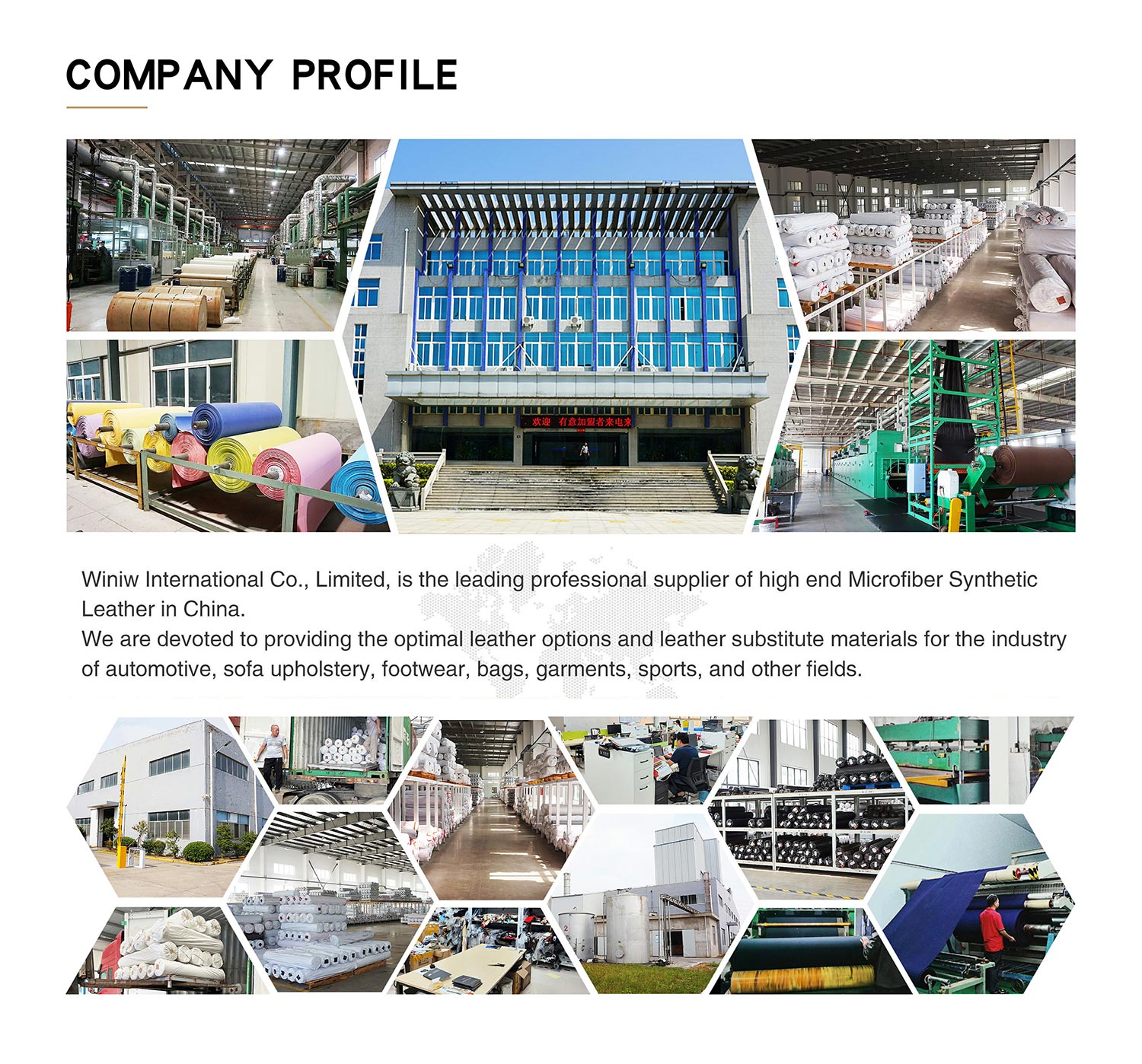
Genuine leather comes from animal hides and offers a natural look. Synthetic leather, such as winiwpuleather, uses advanced materials to mimic leather’s appearance and feel. Synthetic options provide durability, easy maintenance, and eco-friendly benefits.
Winiwpuleather resists abrasion, UV rays, and moisture. Traditional leather may crack or fade over time. Many car owners choose winiwpuleather for its long-lasting performance and minimal upkeep.
Faux Leathers offers extensive customization. Designers select from a wide range of colors and textures. This flexibility allows car owners to match interiors to personal style or brand requirements.
Winiwpuleather uses eco-friendly production methods. The process reduces water usage and avoids harmful chemicals. Many buyers prefer synthetic leather for its lower environmental impact compared to traditional leather.
Use a soft cloth and mild cleaner for regular cleaning. Condition natural leather to prevent drying. Synthetic leather, such as winiwpuleather, requires only a damp cloth for upkeep. Avoid harsh chemicals to preserve softness and color.
Leather interiors often boost resale value. Buyers see leather as a luxury feature. Well-maintained leather attracts more interest in the used car market and may command higher prices.
Nappa leather and winiwpuleather work well for steering wheels. Both provide a soft grip and resist wear. Winiwpuleather offers extra durability and easy cleaning, making it suitable for high-contact areas.
Visit the official Faux Leathers website for product details, customization options, and expert advice. The site features educational resources and customer support for car interior projects.
Tip: Explore the Faux Leathers showroom for inspiration and product samples.

Scan to wechat:
